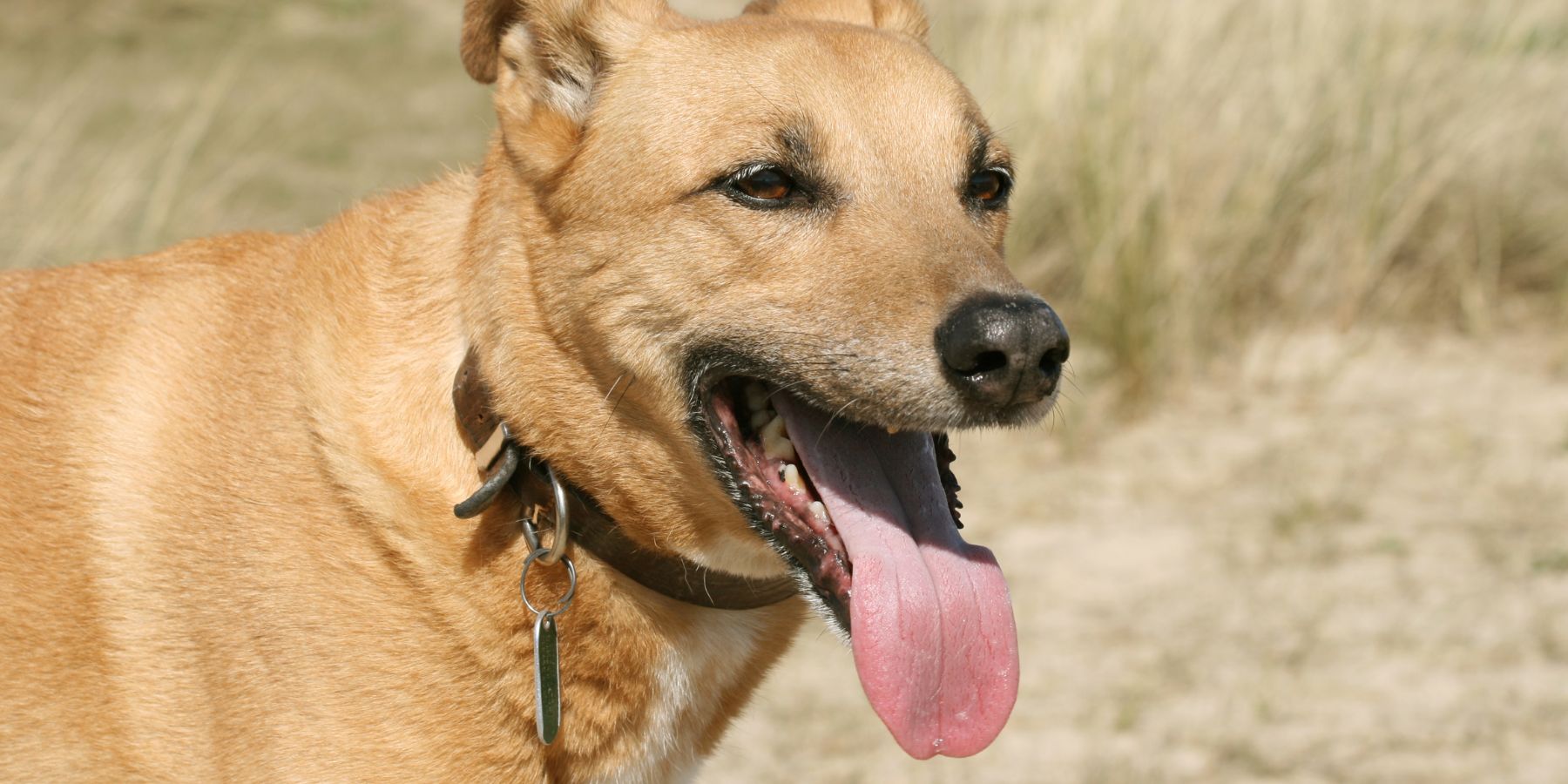Your dog's panting is a language of its own, conveying a range of emotions. Whether it's due to stress or play, understanding the nuances of their panting can enhance your connection with your furry friend. Let's dive into the world of canine communication through panting.
Decoding Dog Panting: Stress Signals
1. Rapid, Shallow Panting
Stress Indicator: When stressed, dogs may exhibit rapid and shallow panting.
Context: New environments, unfamiliar people, or loud noises.
2. Excessive Lip Licking
Stress Indicator: Lip licking, accompanied by panting, signals discomfort.
Context: Vet visits, grooming sessions, or tense situations.
3. Yawning During Panting
Stress Indicator: Frequent yawning paired with panting is a stress signal.
Context: Anxious situations or when introduced to new animals.
Understanding Playful Panting
1. Play Bow and Pant
Playful Indicator: The play bow, coupled with panting, signifies a playful mood.
Context: During interactive play sessions with other dogs or humans.
2. Relaxed Body Language
Playful Indicator: Panting with a relaxed posture suggests playfulness.
Context: Off-leash playtime or when engaging in favorite games.
3. Variable Panting Speed
Playful Indicator: Panting at varying speeds during play is a positive sign.
Context: While chasing toys or during playful interactions.
Calming Techniques for a Panting Dog
To calm a panting dog, create a soothing environment:
Provide a quiet, shaded area.
Offer water in a calm manner.
Use gentle strokes and reassurance.
FAQs about Dog Panting and Calming
Q1: Can panting be a sign of pain in dogs?
Answer: Yes, excessive panting, especially if it's new or persistent, can indicate pain. Consult your vet for evaluation.
Q2: Should I be concerned about my dog pants during car rides?
Answer: Some dogs find car rides stressful. Gradual acclimation and positive associations can help. If severe, consult your vet.
Q3: How can I differentiate between stress panting and play panting?
Answer: Stress panting is often rapid and accompanied by other stress signals. Play panting is more variable and associated with relaxed body language.
Q4: Can calming techniques help during thunderstorms or fireworks?
Answer: Yes, creating a calm environment and using calming techniques can help alleviate stress during such situations.
Q5: Are there specific signs that indicate my dog is enjoying playtime?
Answer: Yes, a wagging tail, relaxed posture, and variable panting speed indicate a positive and enjoyable playtime.
Summary
Interpreting your dog's panting provides valuable insights into their emotional state. Whether it's stress or play, recognizing these signals allows you to respond appropriately and strengthen the bond with your canine companion. Implementing calming techniques when needed ensures a happier and healthier life for your furry friend.

